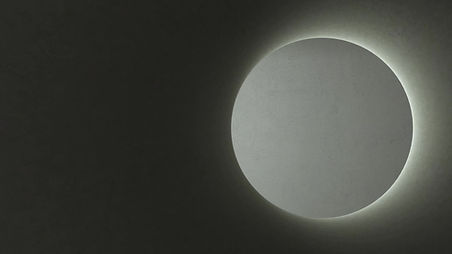
Augmented Reality Can Reshape Your Perception of Reality
24-07-12
8 Real-Life Examples

Augmented Reality (AR) technology is not just changing the way we interact with our environment; it's fundamentally altering our perception of reality itself. We can observed how AR can profoundly impact our cognitive processes, emotional responses, and overall understanding of the world around us. Let's explore the psychological implications of AR on our perception of reality, both for better and for worse.
Altered Sense of Presence
Positive impact: AR can enhance our sense of presence in the environment by adding contextually relevant information. This can lead to a richer, more immersive experience of reality.
Example: In museums, AR guides can make exhibits come alive, deepening visitors' engagement and understanding of historical contexts.
Negative impact: Overreliance on AR might lead to a disconnection from the unaugmented world, potentially reducing our ability to appreciate unenriched environments.
Cognitive Load and Attention
Positive impact: AR can offload cognitive processes by providing just-in-time information, freeing up mental resources for higher-level thinking.
Example: AR-assisted assembly instructions can reduce cognitive load in manufacturing, leading to fewer errors and increased efficiency.
Negative impact: Constant AR input might overwhelm our attentional capacities, leading to cognitive fatigue and reduced ability to focus on non-augmented stimuli.
Emotional Regulation and Mood
Positive impact: AR can be used to create calming environments or introduce positive stimuli, potentially aiding in mood regulation and stress reduction.
Example: AR apps that overlay natural scenes in urban environments could help reduce stress and improve overall well-being.
Negative impact: Overuse of mood-altering AR could lead to emotional dependency on technology and difficulty in managing emotions in unaugmented settings.
Memory and Learning
Positive impact: AR can enhance learning by providing interactive, spatially-anchored information, potentially improving memory retention and recall.
Example: Medical students using AR for anatomy studies show improved spatial understanding and memory of complex bodily structures.
Negative impact: Constant access to AR information might reduce our motivation to commit facts to memory, potentially weakening our natural memory capabilities over time.
Reality Testing and Paranoia
Positive impact: AR can be used therapeutically to help individuals with reality testing issues, such as in exposure therapy for phobias.
Example: AR exposure therapy for fear of heights has shown promising results in clinical settings.
Negative impact: Extensive use of AR might blur the lines between what's real and what's virtual, potentially exacerbating issues with reality testing in vulnerable individuals.
Self-Perception and Body Image
Positive impact: AR can be used to promote positive self-image by allowing users to visualize personal growth or achievement.
Example: Fitness AR apps that show projected physical improvements can increase motivation and positive self-perception.
Negative impact: AR filters and alterations, especially in social media, might contribute to unrealistic beauty standards and negative body image issues.
Spatial Awareness and Navigation
Positive impact: AR can enhance our spatial awareness and navigation skills by providing real-time, contextual spatial information.
Example: AR navigation systems can improve our understanding of complex urban environments and reduce spatial anxiety.
Negative impact: Overreliance on AR for navigation might atrophy our natural spatial reasoning and navigation abilities.
So, in my opinion, as AR technology becomes more integrated into our daily lives, it's crucial to understand its profound effects on our perception of reality. While it offers exciting possibilities for enhancing our cognitive abilities, emotional experiences, and social interactions, it also presents risks of cognitive overload, emotional dependency, and distorted perceptions of reality.
Latest News